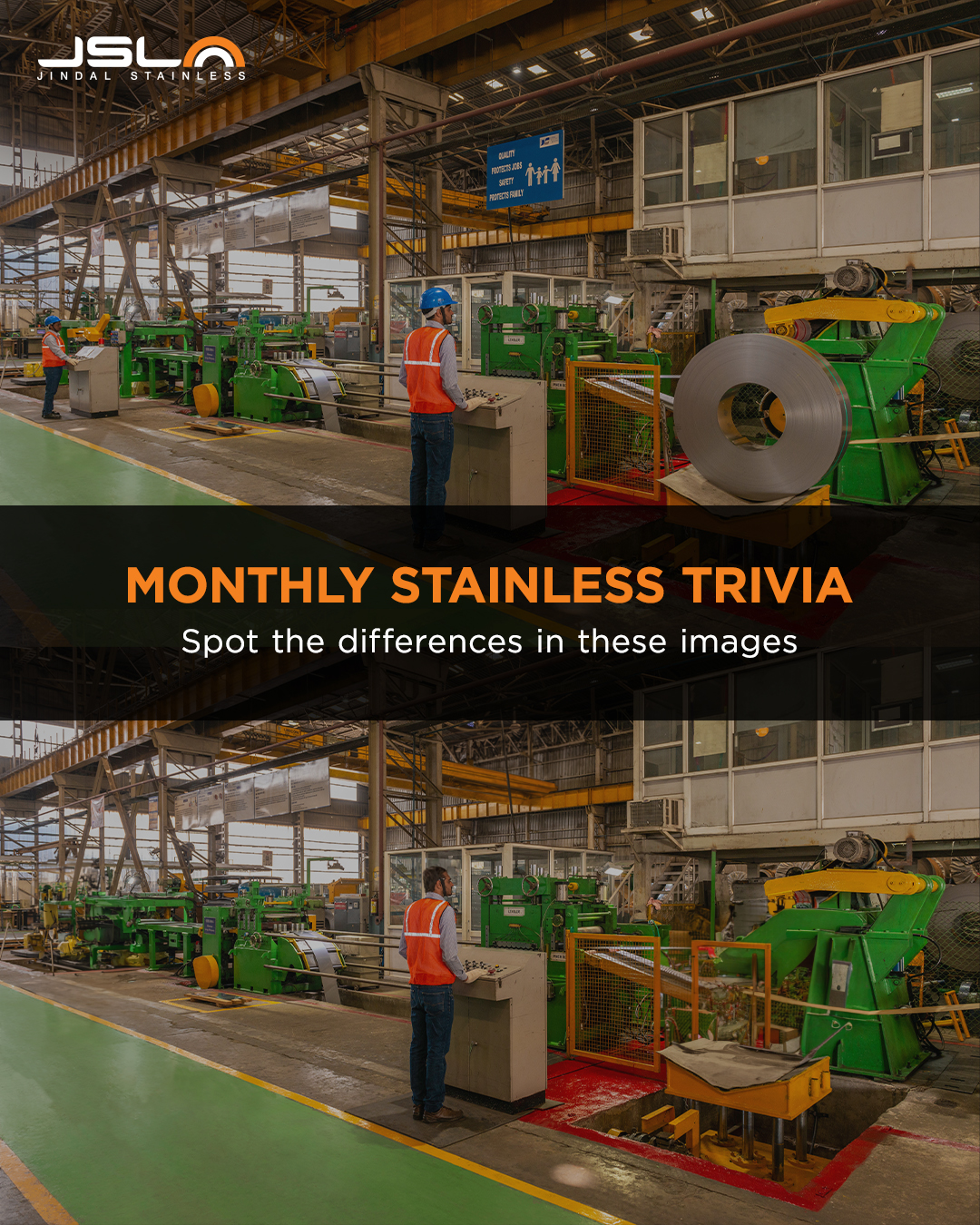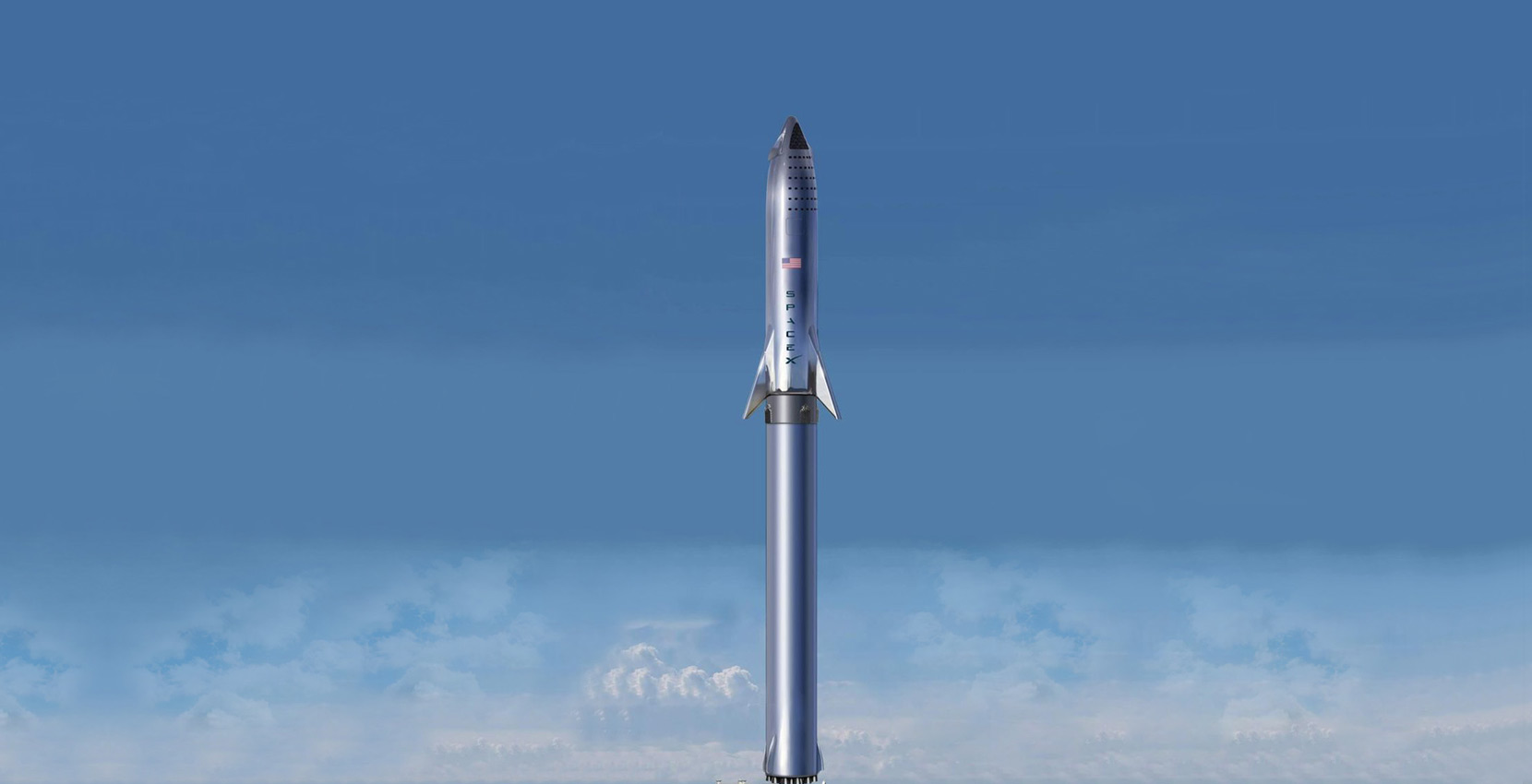
Monthly
Stainless Trivia
Fill in your answer below

The Green Choice for a Sustainable Future
Unleash the boundless potential of stainless steel, driving sustainability, innovation, and a greener future. Explore its transformative journey and join our mission to shape a sustainable future for generations to come, unlocking exciting possibilities in energy and beyond.
Metals are extracted from their natural and most stable states as ores. This consumes a great amount of energy and effort. All these efforts adversely affect our environment in one way or another. Therefore, the more we recycle the scrap/end-of-life metals, the better off we will be.
Recycling of Stainless Steel Scrap
Did you know that 90% of stainless steel is recycled?
Stainless steel’s long service life, 100% recyclability, and its raw materials make it an excellent environmental performer.
Stainless steel objects rarely become waste at the end of their useful life. Recycled stainless steel objects are systematically separated and recovered to go back into the production process through recycling. Stainless steel is actively recycled on a large scale around the world by recyclers who collect and process scrap (recycled stainless steel) for re-melting all around the world.
Stainless steel contains valuable raw materials like chromium and nickel which makes recycling economically viable.
Scrap collection
The use of stainless steel scrap is fundamental to the steel-making process. There are two types of scrap - reclaimed scrap (old scrap) and industrial scrap (new scrap). Reclaimed scrap includes industrial equipment, tanks, washing machines and refrigerators that have reached the end of their service life. Industrial scrap includes industrial returns or production off-cuts from manufacturing by industrial engineering and fabrication sources.
Today, stainless steel is made up of approximately 60% recycled content including:
- 25% reclaimed scrap
- 35% industrial scrap
- 40% new raw materials
The useful service life of stainless steel products is long. So, the availability of scrap is dependent on levels of production from decades ago. With an average content of 25% of old scrap, stainless steel is close to the theoretical maximum content of material from end-of-life products.
Recycling the scrap
Specialised expertise and sophisticated technology is needed in recycling to separate and prepare each type of alloy for re-melting. A recycling processor feeds the scrap into a large shredder to break it into smaller pieces. It is then chemically analysed and stored by type. This process may include ‘blending’ the scrap into chrome steels, nickel alloys, and other types of stainless steels. After blending into piles for specific customer requirements, the scrap is then loaded into containers for export to overseas mills.
The global market for scrap
Virtually, all Australian stainless steel scrap goes overseas. There’s a small market for stainless steel scrap in Australia for use in the foundries business. Foundries often use profile off-cut or plate material scrap products.
Majority of stainless steel scrap in Australia is exported in a year to stainless steel mills in countries including China, South Korea, Taiwan, India, and Japan.
For mills, scrap is important because recycled stainless steel contains valuable raw elements including chromium, nickel, and molybdenum that are gathered, processed, and reused in the production process. The more scrap used in furnaces by mills, the less raw materials are required in the production process.
Stainless steel mills
Scrap along with other raw materials, ferro-chromium (chrome/iron), ferro-molybdenum (molybdenum/iron), and nickel are blended into an electric furnace.
After melting, impurities are removed, the molten metal is refined and the chemistry is analysed to determine what final adjustments are necessary for the specific type of stainless steel being produced.
The molten stainless steel is then cast into slabs or billets before production of plate, sheet, coil, wire, and other forms for use by industrial manufacturers.
The stainless returns to you
Industrial manufacturers produce stainless steel items that you use everyday including cutlery, pots and pans, kitchen sinks, and many architectural, industrial and other components.
At each stage of the production process, stainless steel retains its basic properties and utility value. Unlike many industrial and engineering materials, stainless steel may be returned to its original quality in the supply chain without any degradation.
You can be assured that even after its long service life, your environmentally-efficient stainless steel will always return to you bright, shining and new as ever!